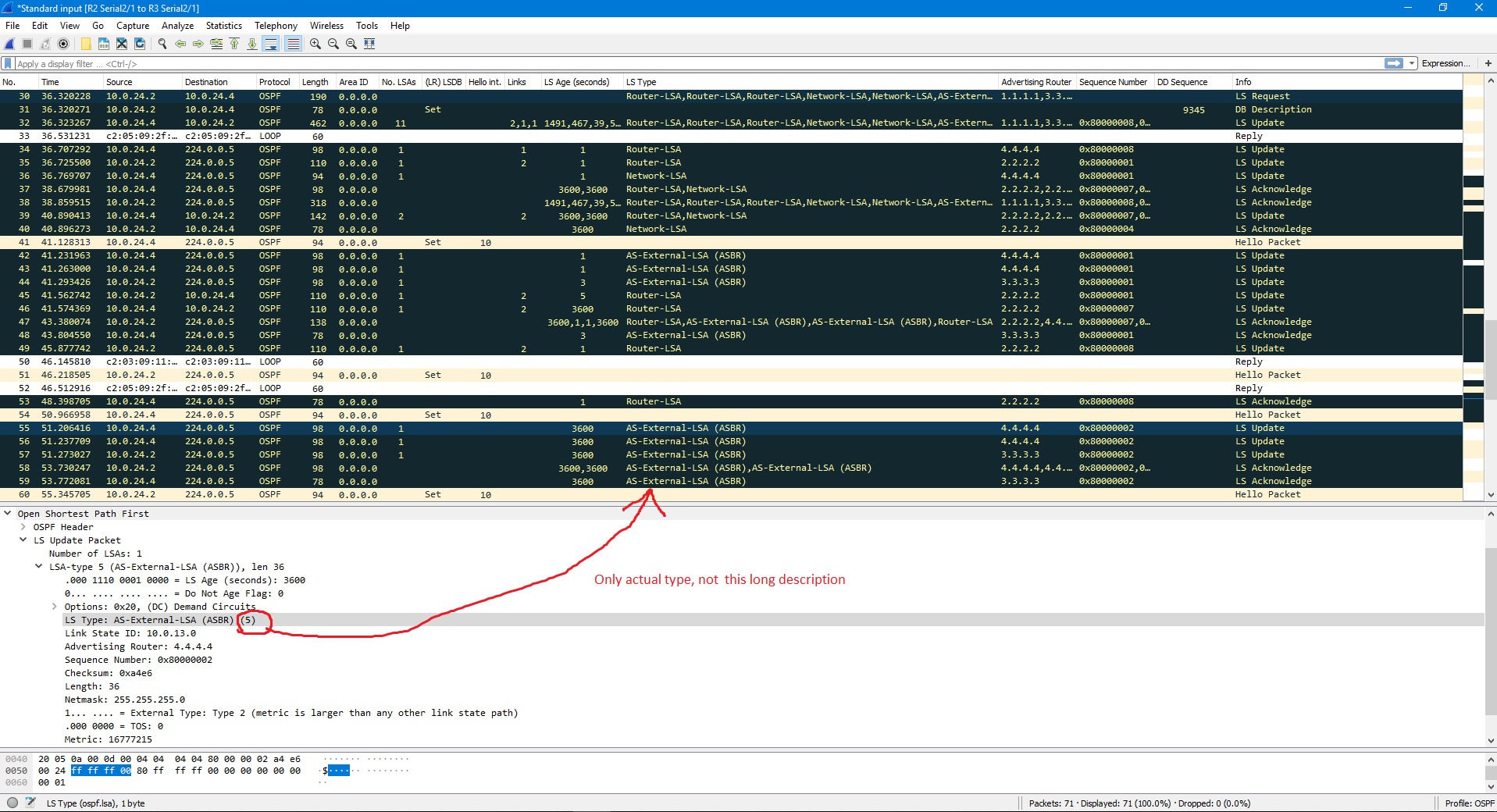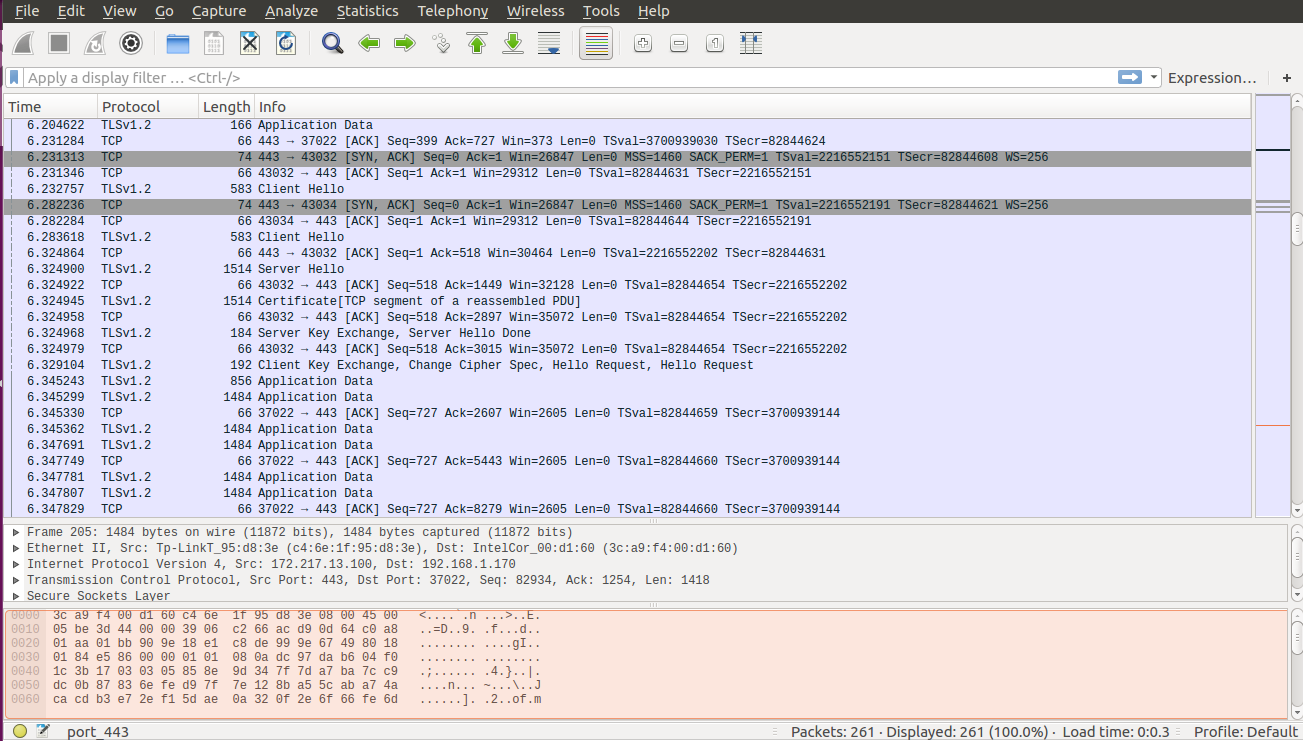
But when I end up with files larger than that – sometimes more than 10GBytes in size – that won’t work anymore. It’s not so much that Wireshark can’t load the file – because it often can, at least the recent versions.

The developers worked hard on improving this, and you can now open files that you couldn’t a couple of years ago.īut the initial loading of a file isn’t the time-consuming part when you perform a packet analysis task – filtering is. Each display filter you apply re-reads the whole file from disk. Each and every time, because Wireshark doesn’t keep packets in memory, except the one packet currently decoded and displayed. So if you apply a filter in any way, Wireshark needs to read all packets again to check if they match the current filter condition. And this means that working on large files will be slow, and as always, time is something you often do not have when you’re troubleshooting or perfoming a forensic investigation where getting to results fast is critical. For Windows platforms, you may need to install the GNU CoreUtils package available at. Note: The mkfifo command used in this task is a standard feature of Linux-like operating systems, including MacOS. By default, the maximum packet capture file size is 10MB but it is configurable with the packet-log-max option of the vflow-create and vflow-modify commands.

Live capture continues until the packet capture file is rotated. You need to substitute ServerSw_Name, Flow_Name and Switch_Name to match your environment. net/ ServerSw_Name //global/flow/ Flow_Name /switch/ Switch_Name /pcap/tmp/pcap Use tail to copy the pcap file to the FIFO: Start Wireshark, and select Options from the Capture menu.Įnter the fifo path that you created in the Interface field: /tmp/pcap

Next, create a fifo on the host running Wireshark. Include the log-packets option to send packets to the associated pcap files, for example:ĬLI > vflow-snoop scope fabric src-ip 112.168.3.105 action copy-to-cpu log-packets To use Wireshark to interactively analyze packets in real time, you need to capture a packet traffic flow, either on a specific switch or across the entire fabric using the scope option. Using Wireshark to Analyze Packets in Real Time


 0 kommentar(er)
0 kommentar(er)
